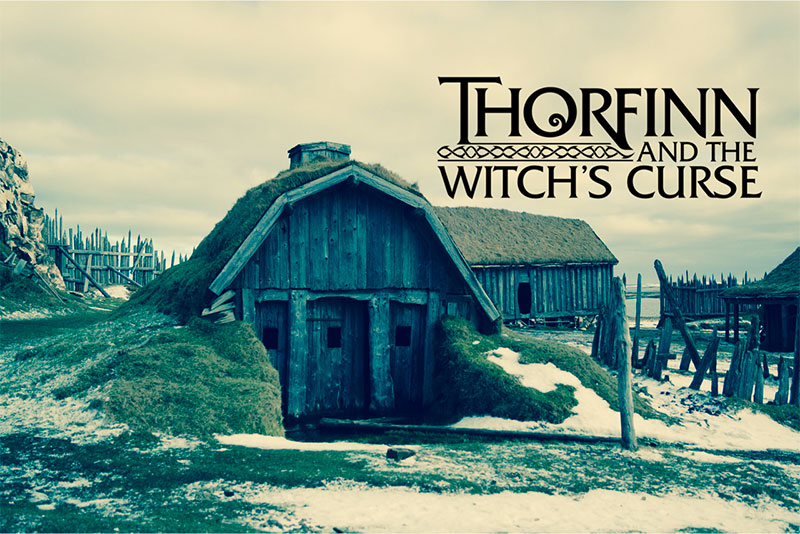Getting a Viking homestead correct was key to building a believable setting for the Agneson Clan. Luckily there are great resources, and even museums dedicated to this scholarship. The Fotovikens Museum in Sweden is a great example, an outdoor “living Viking town” with reenactments and special events, well worth a visit: https://www.fotevikensmuseum.se/d/en?fbclid=IwAR11duwbMc8WSCl3iuRxcMyCJpJv5Drm0hftsEHoTIfAPLjgEVv_TRwgjXg
An important man of standing within his community, Agne Alfenson and his men have built a palisade protected farmstead with a typical Viking longhouse, pit houses, a smithy and stables, and, of course, a boathouse.
The main building is a Viking longhouse, where the extended family enjoyed meals, gathered for meetings and slept. Whole families lived together in their longhouse, in fact, longhouses had enough room for up to 50 people to live inside. Longhouses were constructed to last, using the best oaken timber, and designed with curved walls that made the roof look like an inverted ship. The walls were either woven willow called “wattle” daubed with clay or wood planks, and the roof was either split planking or thatch. Roofs were supported with large posts sunk into the ground, with the largest central post designated the “barnstoker” and the birthing post for family women in labor. The walls were bound to the posts with a truss of wood, an innovation in the Viking age that allowed the room to have a larger open space. The middle of the hall circled a long fireplace and above the hearth a hole pierced the roof to allow smoke to escape, although ventilation was probably not great, so longhouses were often murky and smoky. Posts were often carved with Nordic patterns or marked with protective runes. On the walls hung decorations, from tapestries depicting the Norse sagas to shields, oil lamps and dried herbs, fruits and flowers. Along the sides of the wall, planks were both used as beds and as benches during the day.
Another common dwelling from the Viking age is the pit house, a very simple building built as either an oval or square shape and dug partially into the ground. Typically, the roof was timber, and the walls were either wattle or planks of wood. These small houses were used as living quarters for whole families and as workshops. Pit houses might have been used as storage during winter.
A sea faring peoples, Vikings dedicated a special building to their boats. These structures played an important role in the maintenance of the long ships, drying the boats out in the winter to kill saltwater animals that fed on wood and providing a workspace for the boat wrights. With origins 100 years before the time of this novel, boathouses have been found to increase in size during the Viking period, growing longer, higher and wider to accommodate ship innovations. Archeologists in Norway have discovered the remains of over 400 boathouses, indicating the importance of these buildings in the Viking world.

